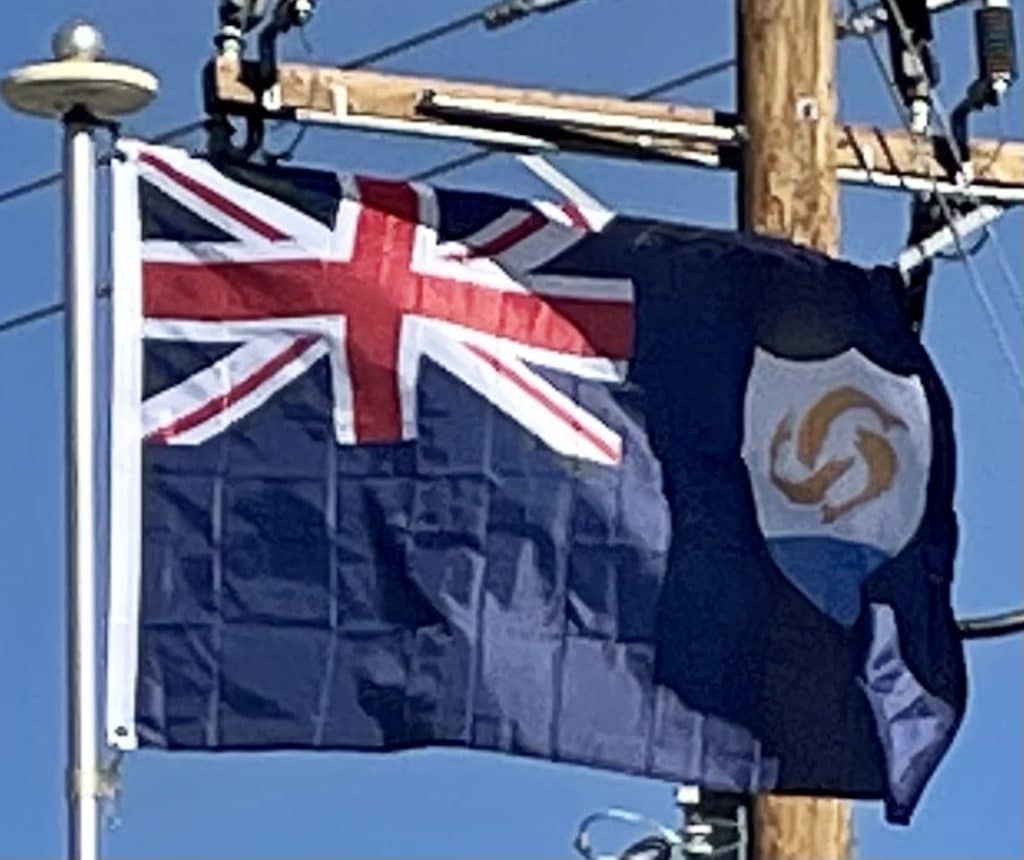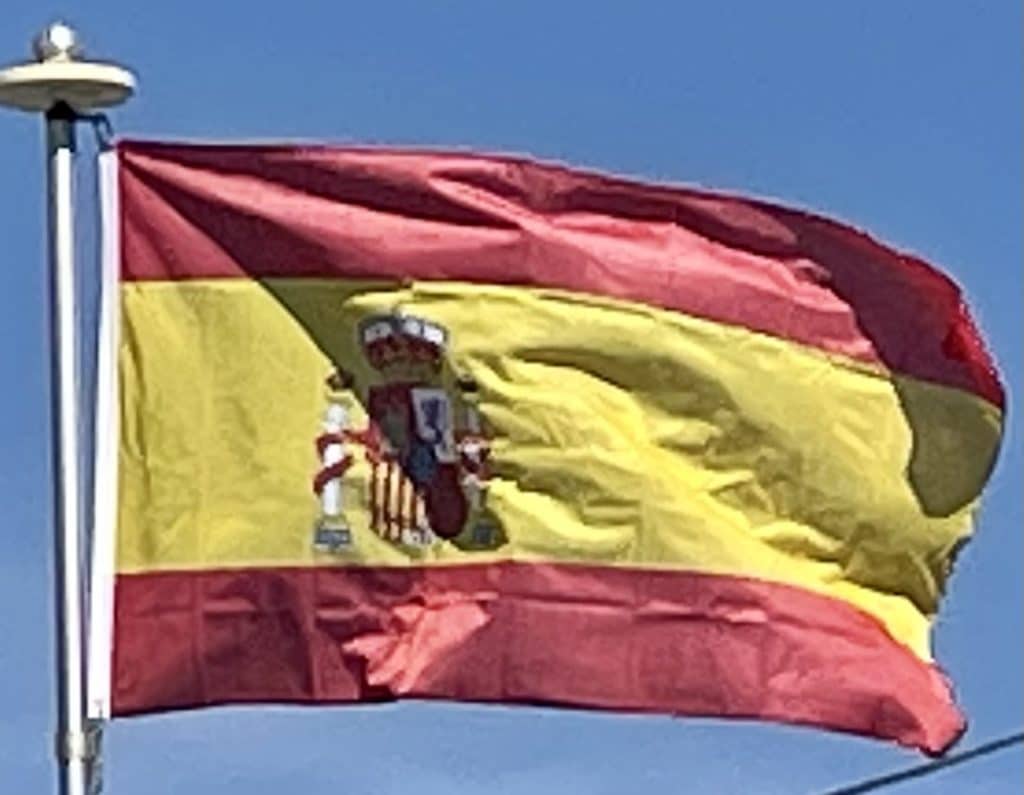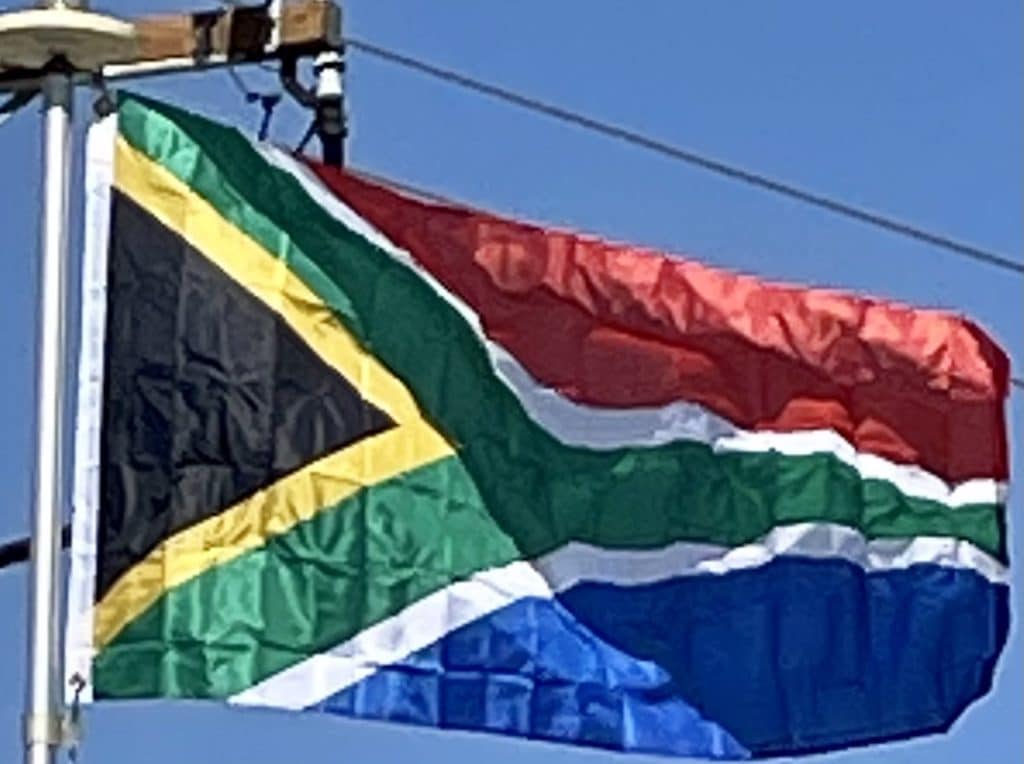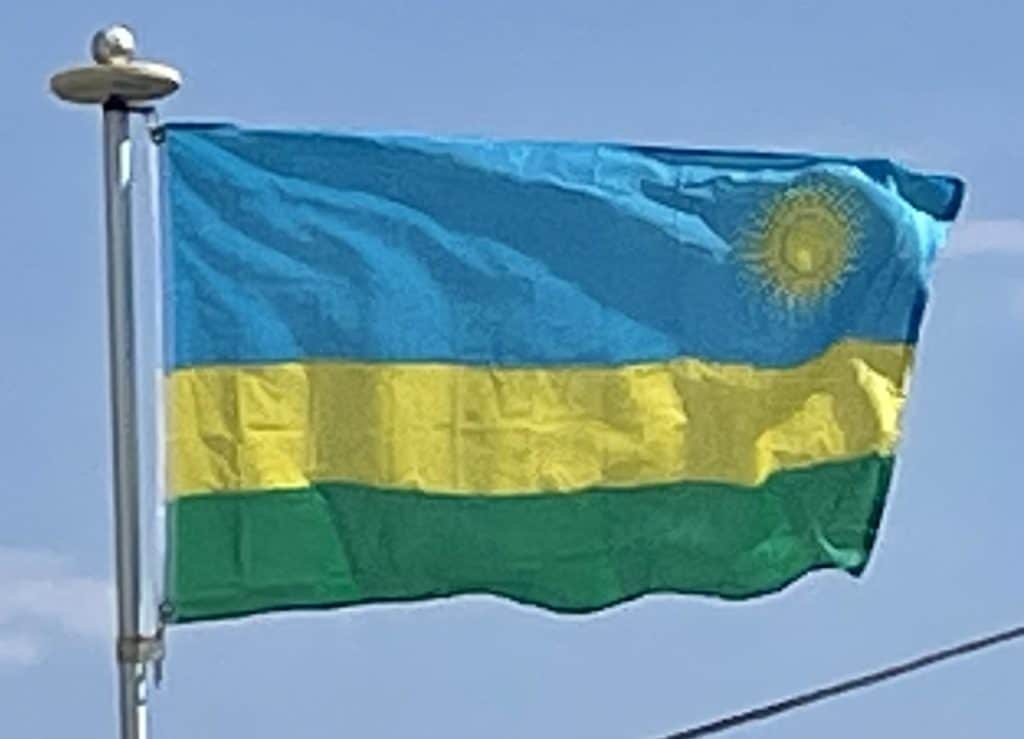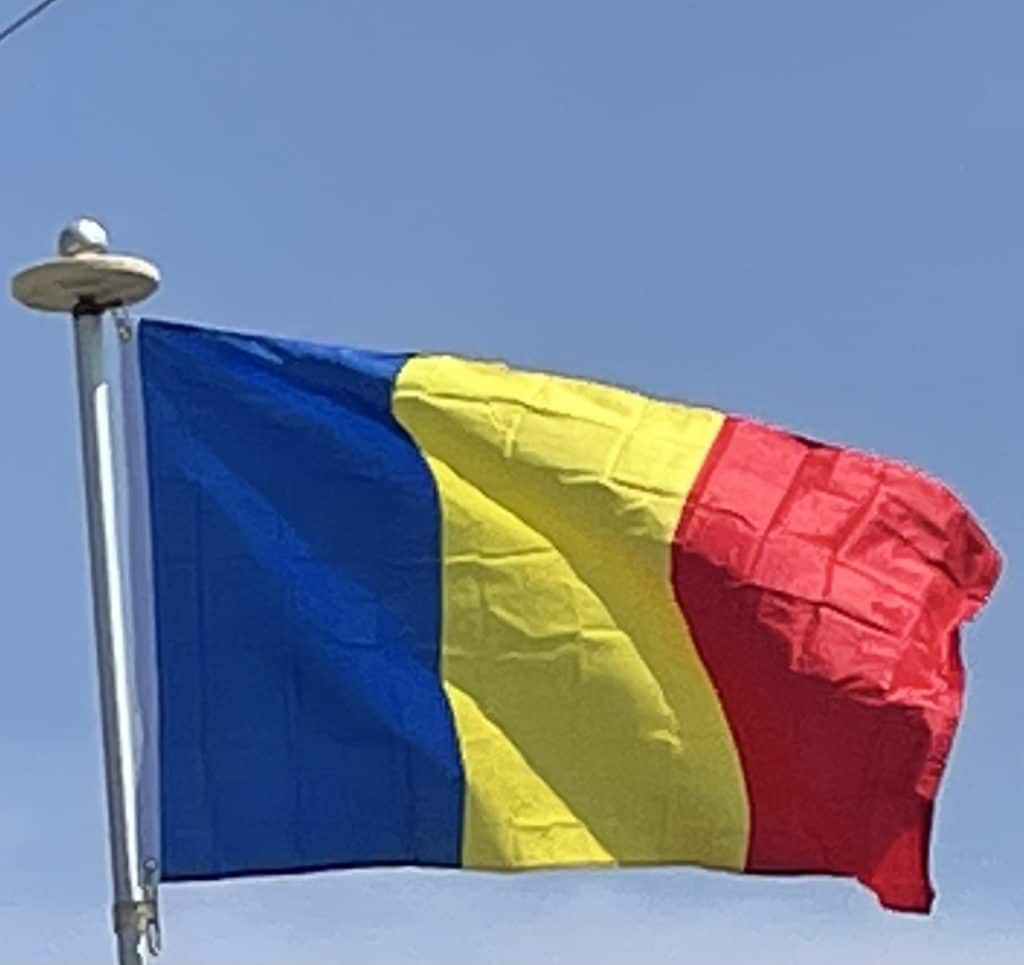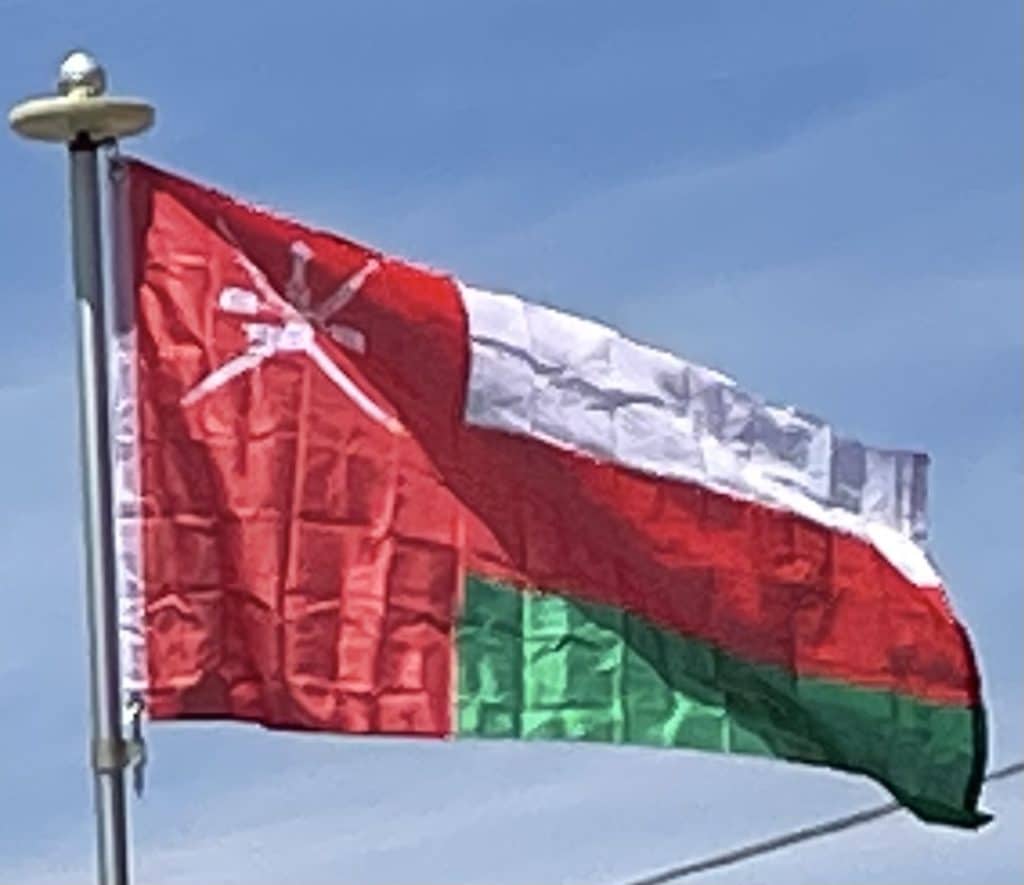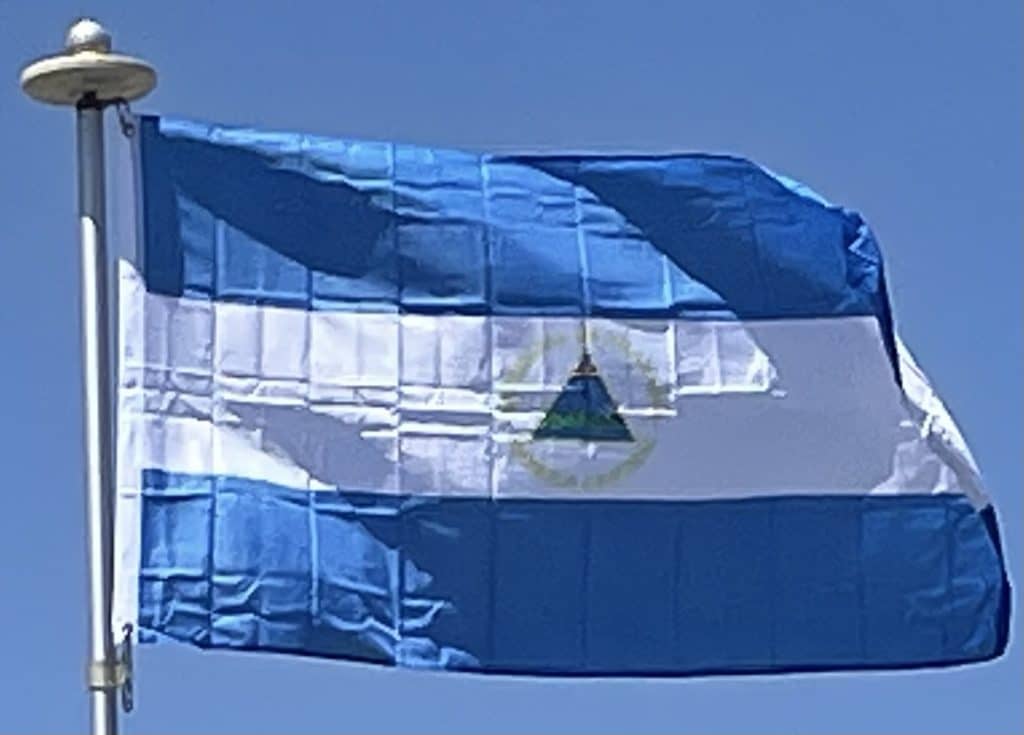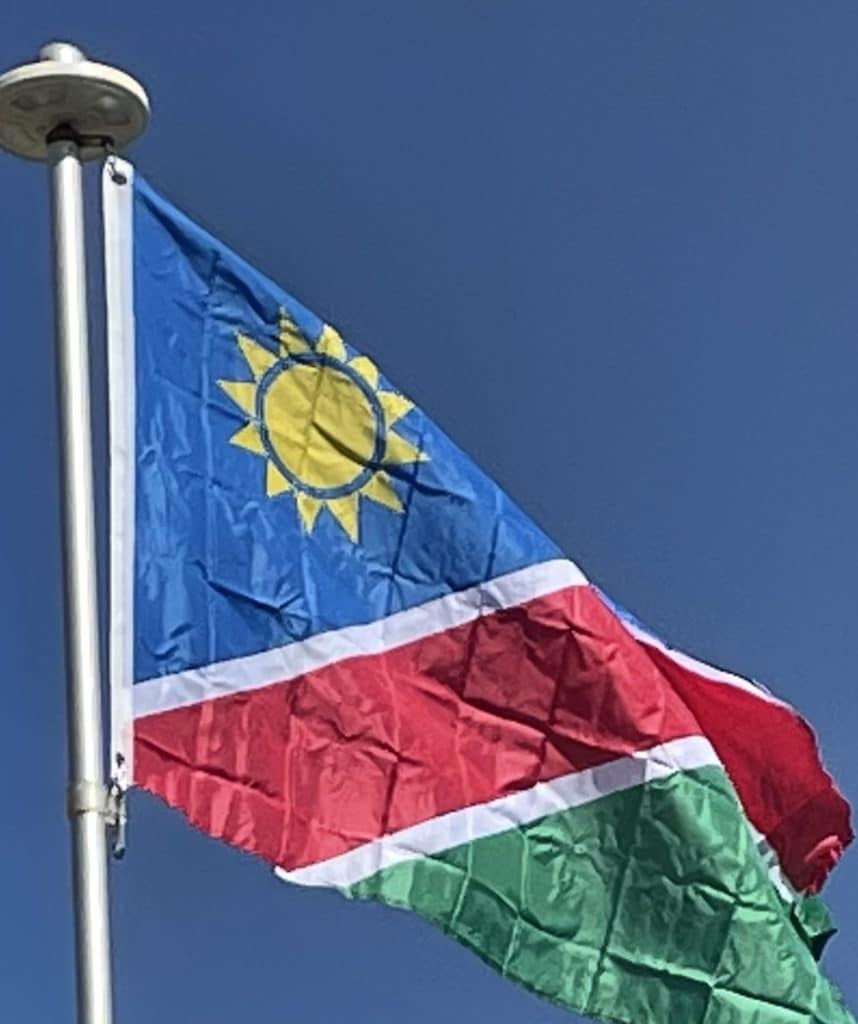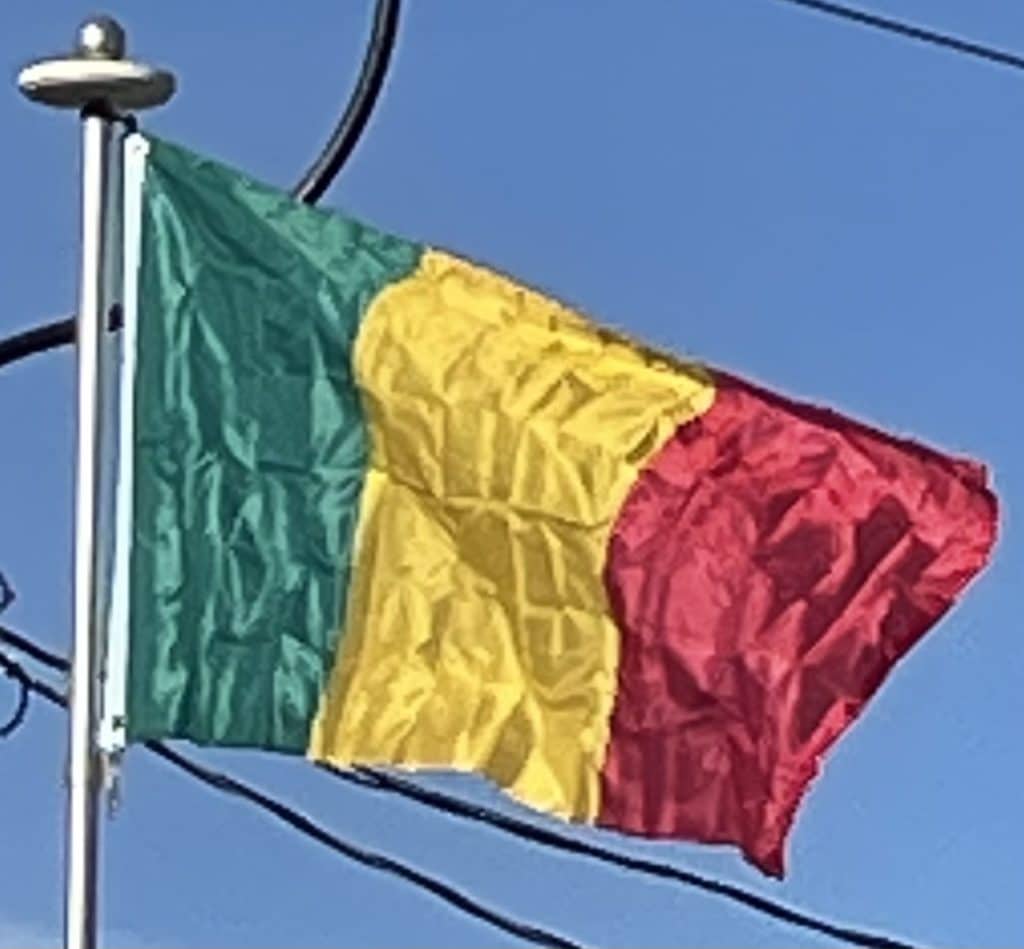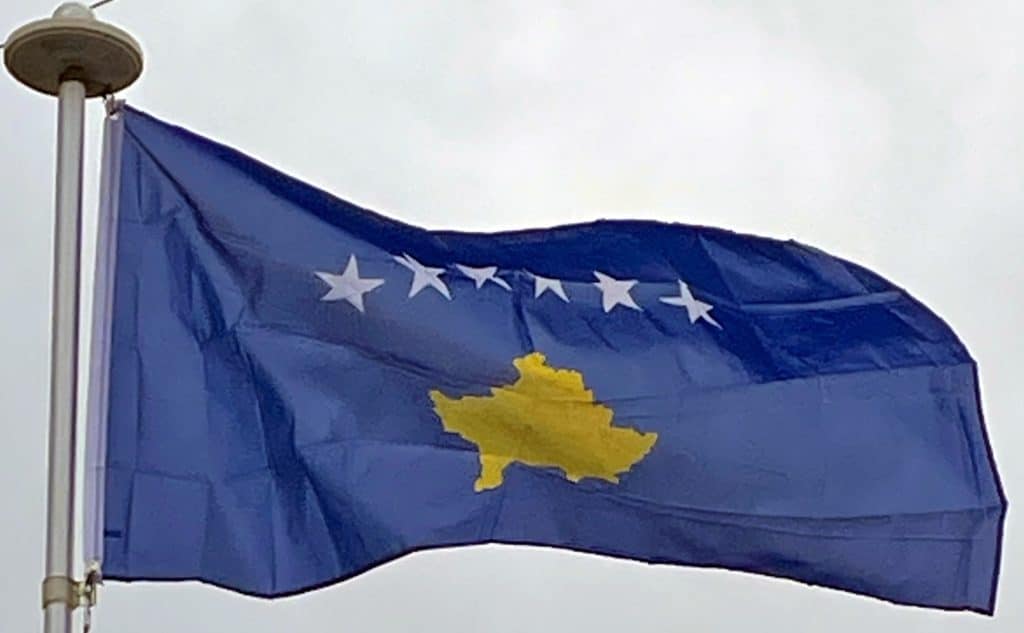The national flag of Romania is a tricolor with vertical stripes, beginning from the flagpole: blue, yellow and red.
The flag is coincidentally very similar to the civil flag of Andorra and the state flag of Chad. The similarity with Chad’s flag, which is identical apart from allowing a broader range of shades of blue, yellow and red, has caused international discussion. In 2004, Chad asked the United Nations to examine the issue, but then-president of Romania Ion Iliescu announced no change would occur to the flag. The flag of Moldova is related to the Romanian tricolor, except it has a 1:2 ratio, a lighter shade of blue, a slightly different tint of yellow, and the Moldovan coat of arms in the middle.
During the 1970s and 1980s, with Protochronism receiving official endorsement, it was claimed that red, yellow and blue were found on late 16th-century royal grants of Michael the Brave, as well as shields and banners. The colors have attributed to them the following meanings: “Liberty (sky-blue), Justice (field yellow), Fraternity (blood red)”.
